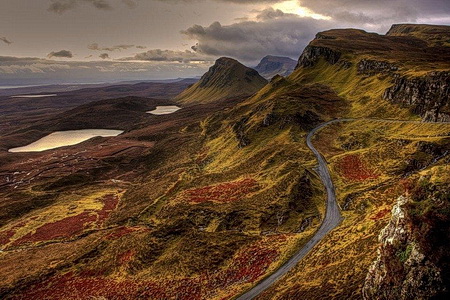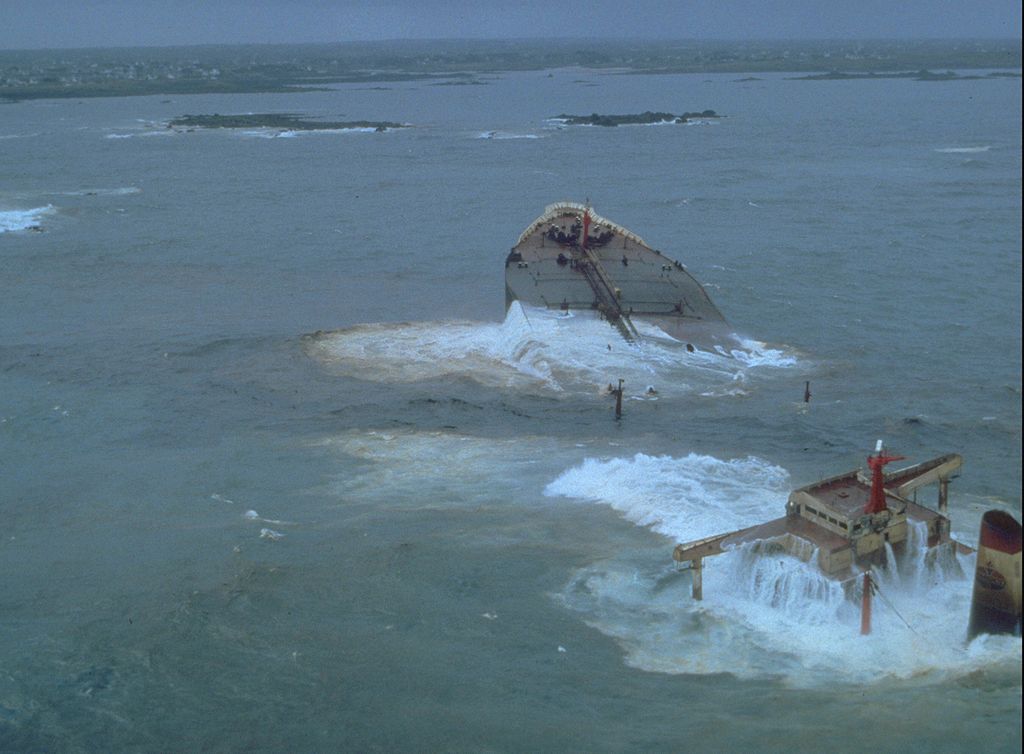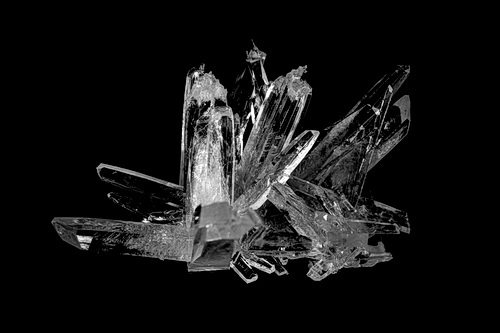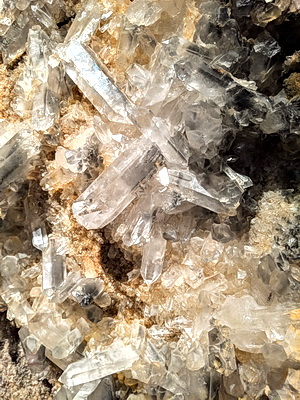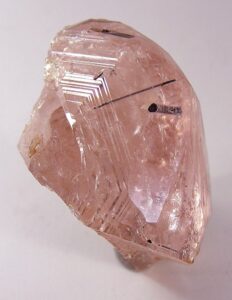
The great lakes in the continent of North America make up the world’s largest body of fresh water on the planet. The Great Lakes account for 1/5th of the freshwater surface on Earth. They include five freshwater lakes that lie in separate basins but are naturally interconnected. The Great Lakes include
- Lakes Superior
- Lake Michigan
- Lake Hu ron
- Lake Erie
- Lake Ontario
These fresh water lakes lie in the upper Middle Eastern part of the United States towards the Canadian border and stretch far into Canada. They touch the Atlantic Ocean through the Saint Lawrence River and touch multiple cities and states ranging from Ontario, Michigan, Wisconsin, Minnesota, Illinois, Indiana, Ohio, Pennsylvania and New York.
There are more than 35,000 islands on these lake. There is an approximate 1% change in the volume of water due to discharge and incomings. This is also due to the rain water and evaporation from the Great Lake. The human consumption of fresh water has not significantly affected the volume in the system. But like any water system, the Great Lakes also experience rainy days and that can have severe implications. There is evidence of accidents due to severe weather conditions such as when a frigate in 1975 that was transporting cargo sank and 29 of the crew members died with it. In rough weather, it is very difficult to navigate in the lake due to the very sharp and shallow routes.
These lakes are also called the fourth seacoast in the United States. According to statistics, more than 30 million people were living in the lake’s basin in 2017. This accounts for 10% of the US and 30% of the Canadian population.
Geology of the Great Lakes
The Great Lakes of North America were not always fresh water lakes. Around 14,000 years ago, this part of the world was covered with a massive glacier which was about half a mile thick. Overtime, as the glacier melted, it continued to move towards Canada and as it moved, it left behind a series of depressions which were filled with water. Around 10,000 years ago, the glacier transformed into something similar to the Great Lakes as we now know them.
Until around the early 19th century, it was believed that the Great Lakes were the largest freshwater lakes in the world. However, this perception changed as more lakes were discovered around the world. As far as the area is concerned, The Great Lakes in totality that is all the five lakes combined are the largest freshwater lakes by area but they are the second largest lake by volume of water stored. The largest lake by volume is Lake Baikal in Russia on the Siberian front.
The Great Lakes spread over an area of around 95,000 square miles holding a total of 5,439 cubic miles of freshwater. This accounts for almost 21% of the total fresh water by volume on the planet of Earth. On the other hand, Lake Baikal holds 5,666 cubic miles of water which is almost 23% of the total fresh water present on the planet’s surface. Difficult to imagine this volume? It is equivalent to submerging the entire North American continent under 5 feet of water!
Due to physical characteristics of the sea i.e. the winds, strong currents, waves, depths, the Great Lakes are also referred to as inland seas. Some of the highlights of these Great Lakes include Lake Superior being the single second largest lake by area after Lake Baikal. Also, Lake Michigan is the largest lake in a single country that is the United States. In the nearby region, there is another lake as well which is called Lake Megapolis.
Facts about the Five Great Lakes
Let’s take a quick view of some facts about each of the five Great Lakes.
Lake Superior
Lake Superior covers an area of 31.699 square miles and ranks second in the list of world’s largest freshwater lakes according to area covered. If you look at the volume, Lake Superior is in the 4th position in the world holding 2,903 cubic miles of water.
It takes its name superior from a French word lac supérieur which means upper lake as it lies north of Lake Huron.
Lake Michigan
Lake Michigan covers an area of 22,300 square miles and ranks 5th in the list of world’s largest lakes according to area. But when it comes to the Great Lakes, it is only the third largest of all 5 lakes. According to the volume of water that it holds, lake Michigan is in the 6th position in the world with 1,180 cubic miles of water.
Lake Huron
It is the second largest of the 5 Great Lakes covering an area of 23,000 square miles and ranks fourth on the list of world’s largest lakes according to area. By volume, Lake Huron takes the 7th position in the world holding almost 850 cubic miles of water.
Lake Erie
On the list of the 5 Great Lakes, Lake Erie ranks 4th. With an area of 9,910 square miles, it ranks 11th on the list of world’s largest lakes according to area covered. According to the volume of water that it holds, Lake Erie is in the 15th position in the world holding 116 cubic miles of water.
Lake Ontario
This is the smallest of all 5 lakes. Lake Ontario covers an area of 7,340 square miles and ranks 14th in the list of world’s largest lakes according to area. If you look at the volume of water it holds, Lake Ontario holds 393 cubic miles of water and ranks 11th in the world.
The Great Lakes and the Economy
The Great Lakes are a major source of fishing, trade, transportation and migration of birds in North America. More than 3,500 species of plants, birds and animals inhabit the lakes. These lakes are home to 170 different types of fish and sea animals.
Moreover, the lake experiences different bird seasons. And since the Lakes connect the United States and Canada, they offer a major transportation route between both countries. Not to forget these lakes are a tourist’s heaven.
Since there are many islands, some of them have been converted into resorts and recreational parks. Hence every year both countries enjoy tourist revenue from these magnificent bodies of water. Unfortunately, like all tourist destinations, pollution is becoming an increasingly common problem. Both the US and the Canadian governments need to take strict measures before humans contaminate the lakes to a point of no return.

